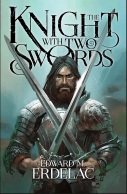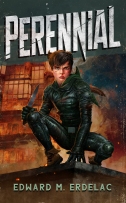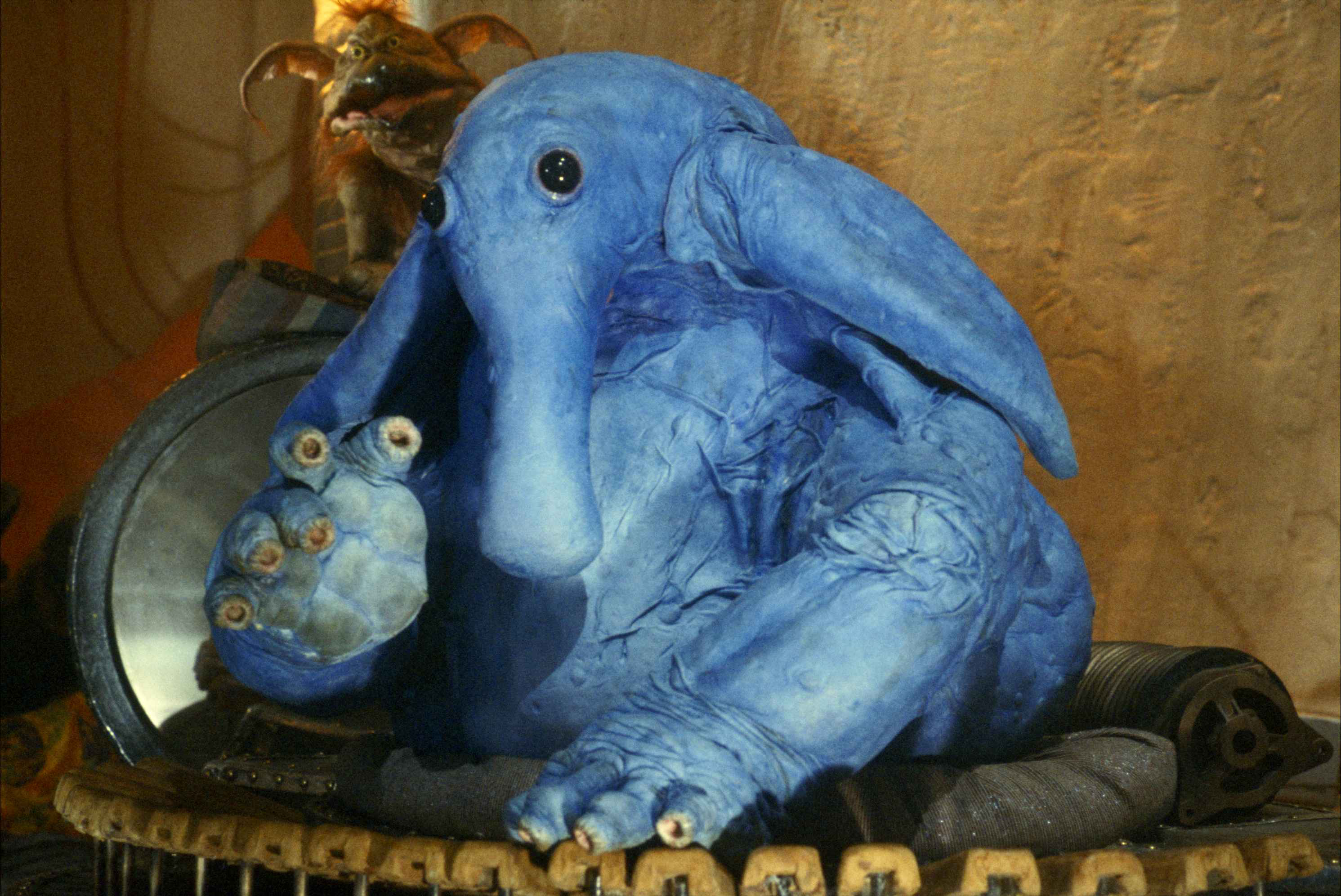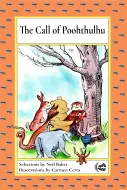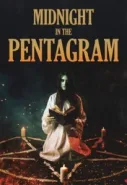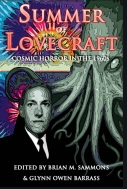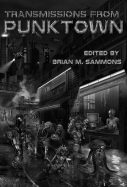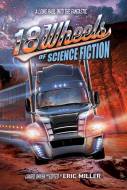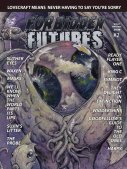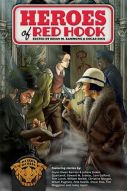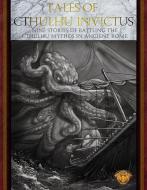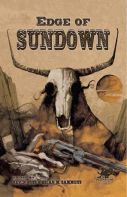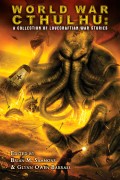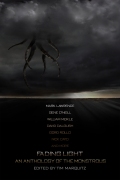 My Lovecraftian sword and sorcery story The Wood Of Ephraim appears in Sword And Mythos, a beautiful new book from Innsmouth Free Press featuring stories from the ever lovin’ Willie Miekle, my friend and master of steamfunk/sword and soul, Balogun Ojedate, Maurice Broaddus, Graham J. Darling, Paul Jessup, Nadia Bulkin, Bogi Takacs, Orrin Grey, Diana L. Paxson, Adrian Chamberlain, Thana Niveau, E. Catherine Tobler, Nellie Geraldine Garcia-Rosas, and Greg Yuen, and featuring essays by G.W. Thomas, Paula Stiles, and Silvia Moreno-Garcia, who is even now bringing you She Walks In Shadows, an all-female author anthology of Lovecraftian fiction.
My Lovecraftian sword and sorcery story The Wood Of Ephraim appears in Sword And Mythos, a beautiful new book from Innsmouth Free Press featuring stories from the ever lovin’ Willie Miekle, my friend and master of steamfunk/sword and soul, Balogun Ojedate, Maurice Broaddus, Graham J. Darling, Paul Jessup, Nadia Bulkin, Bogi Takacs, Orrin Grey, Diana L. Paxson, Adrian Chamberlain, Thana Niveau, E. Catherine Tobler, Nellie Geraldine Garcia-Rosas, and Greg Yuen, and featuring essays by G.W. Thomas, Paula Stiles, and Silvia Moreno-Garcia, who is even now bringing you She Walks In Shadows, an all-female author anthology of Lovecraftian fiction.
Set during the reign of King David, The Wood Of Ephraim is a retelling of the Biblical account of the death of David’s rebel son Prince Absalom. While fleeing David’s men, Absalom’s long and lustrous hair was famously caught in the low hanging branches of a tree. He was discovered by David’s high general, Joab, who hated Absalom’s guts over various slights in the past, and promptly slain.
 I suppose indirectly this story takes place in the universe of my Merkabah Rider series, which posits the existence of the Outer Gods as being which existed in the chaos prior to the creation of the physical universe, and directly references an idea put forth by one of the characters in MR, that the Old Ones (in particular, Shub Niggurath) were unleashed on the earth in Noah’s time, and once again, unwittingly, by King David himself….
I suppose indirectly this story takes place in the universe of my Merkabah Rider series, which posits the existence of the Outer Gods as being which existed in the chaos prior to the creation of the physical universe, and directly references an idea put forth by one of the characters in MR, that the Old Ones (in particular, Shub Niggurath) were unleashed on the earth in Noah’s time, and once again, unwittingly, by King David himself….
But it’s also a sword swinging adventure/ survival horror story of the type I absolutely loved to read in my teenaged years, as penned by Robert E. Howard, and probably takes a bit of inspiration from a King Conan comic (#15) I read and re-read as a kid (and also, just a little bit, Xenophon’s Anabasis). It features the Gibborim – David’s legendary hand picked band of elite warriors, who were the ancient Hebrew equivalent of the Argonauts and Robin Hood’s Merry Men wrapped into one.
This is a great book with some excellent, diverse stories and settings, ranging from Africa to Albion. I love what I’ve read of it so far.
Here’s an excerpt from my own offering.
*****************************************************
 At their approach the aspect of the hanging man grew clear. The ostentatious purple cloak, better suited to the court than the battlefield, the handsome mail, the golden spangles adorning the thin, struggling arms, the rich, jewel studded sandals ten feet off the ground.
At their approach the aspect of the hanging man grew clear. The ostentatious purple cloak, better suited to the court than the battlefield, the handsome mail, the golden spangles adorning the thin, struggling arms, the rich, jewel studded sandals ten feet off the ground.
Prince Absalom’s grimacing face was partly obscured in the tangle of branches and his own famously long and lustrous hair, which was drawn tightly across his eyes, likely a result of his own efforts to extricate himself.
They came to stand immediately below him in the road. Some of them smiled to see the unfortunate traitor so lucklessly suspended by the chief object of his own vanity.
Joab laughed aloud.
“It seems your pretty locks have caught you up, O prince,” he remarked.
“Shall we pluck this fruit down for you, General?” roared Ira ben Ikkesh.
“Let it ripen!” shouted Hezro.
“Yes,” laughed Gareb, “it’s yet too bitter for the general’s plate!”
“Perhaps we should leave it here to rot,” Elez suggested in all seriousness. “Or divide it amongst us.”
The laughter died down at that. All eyes went to Joab.
Naharai frowned.
“No,” said Joab. “We will cut him down.” He looked back at Zalmon. “The king’s orders are clear.”
“Yes master,” said Zalmon, nodding his approval and glancing at Naharai, who smiled broadly, vindicated.
Joab looked up at the prince, kicking and whimpering in the branches.
“Don’t worry about sparing his lovely hair, men,” said Joab. “He left me once with a bare field because I didn’t come quickly enough when he called. Now we’ll leave him stubble-headed because he didn’t come running when his father bade him.”
Zalmon and two other men moved off the road, intending to scale the tree and hack through bough or hair.
Then Jeribai the charioteer called out from behind.
“Wait!”
The three Gibborim stopped and looked back.
Naharai felt a chill then, as something wet splashed his bare arm. He looked down to see a perfectly round spot of blood, followed quickly by another.
“Look to his face!” Jeribai urged, pointing up at Absalom, his eyes bugging.
 The men on the road moved around to Jeribai’s vantage to get a better look. Naharai backed away, smearing the blood down his arm.
The men on the road moved around to Jeribai’s vantage to get a better look. Naharai backed away, smearing the blood down his arm.
They saw that the spindly fingers of the tree branch were hooked into the corners of Absalom’s clenched mouth, which oozed blood.
For a moment Naharai wondered why Absalom suffered the intrusion as a simple movement of his jaw could have easily dislodged the offending branches. But then he saw; they all saw. The tendons in his neck, the muscles in his jaw, were bunched in an effort to keep his teeth shut against the pull of some unknown force. There were ragged cuts in his lips. His breaths came out in terrified white puffs in the cold air. Before their eyes, his jaw wrenched open with a pop and he screamed.
Then with a hiss, something snaked its way rapidly up the branch, faster than any serpent, snapping twigs and shedding a few brown crackling leaves in its haste. White, shiny tubers circled up the base of every branch, converging on Absalom. They flowed down his throat, filling his gaping mouth with thick wood stuff, choking off his screaming.
The whole tree shuddered as if in ecstasy. A wet sucking sound came down to them. The slick tubers in his mouth quivered. The men staggered back at the perverse spectacle of the blindfolded prince dancing jerkily in the tree limbs. Something dark that was not blood filled the tubers spilling from his mouth, which were translucent enough to see the course it took back to the trunk of the great tree.
“Lord!” Naharai exclaimed. “What is it?”
Eliam looked about to answer when Joab commanded;
“Save the prince!”
Zalmon and the two other warriors at the edge of the road drew their swords and axes and hesitated, unsure whether to pursue their earlier course and climb the tree to reach Absalom, or hew it down instead.
“General!”
It was Eliam, now at Joab’s shoulder.
“It’s too late.”
Joab opened his mouth to protest, but then saw the weird wet stalks thrusting themselves further down Absalom’s throat, so far his neck bulged hideously outward beneath his chin.
He flipped the spear in his hand, drawing it back over his shoulder.
“No!” Naharai interrupted, pushing forward and grabbing Joab’s arm. “Remember the king’s edict!”
By now word had reached King David that the battle had ended in victory and that his son had fled. If Absalom were killed, no one would believe Joab had not murdered him.
But the general was a bull, and the strongest of them. With a mere shrug, Naharai clattered to the road.
 Joab regained himself and cast the spear. It transfixed Prince Absalom through the chest, a killing blow. Yet still the prince thrashed and fought. His teeth ground loudly against the tubers, finally cracking off in his mouth under the strain.
Joab regained himself and cast the spear. It transfixed Prince Absalom through the chest, a killing blow. Yet still the prince thrashed and fought. His teeth ground loudly against the tubers, finally cracking off in his mouth under the strain.
“Spear!” Joab cried.
Jeribai took hold of one of the general’s spears and tossed it to Joab.
Joab ran Prince Absalom through a second time. The body lurched and sagged in the grip of the tree, blood spurting down the haft.
The flow of stuff from the corpse ceased. There was a sound like a cross between the groan of falling timber and a hysterical chittering.
Then before their eyes, the branches entwined about the dead prince’s head moved.
********************************************
Pick up a copy of the book here or on Amazon –
http://www.innsmouthfreepress.com/blog/tb-books/sword-and-mythos/
















